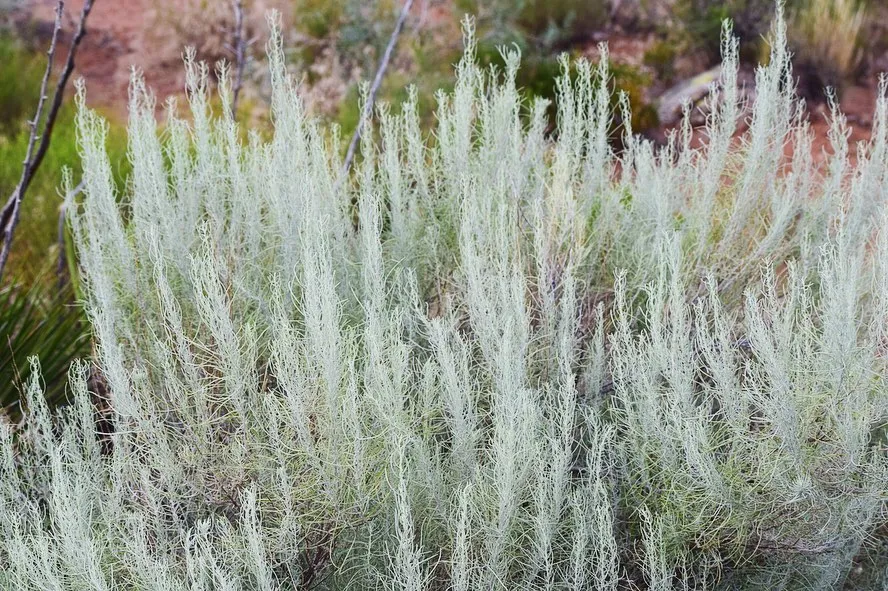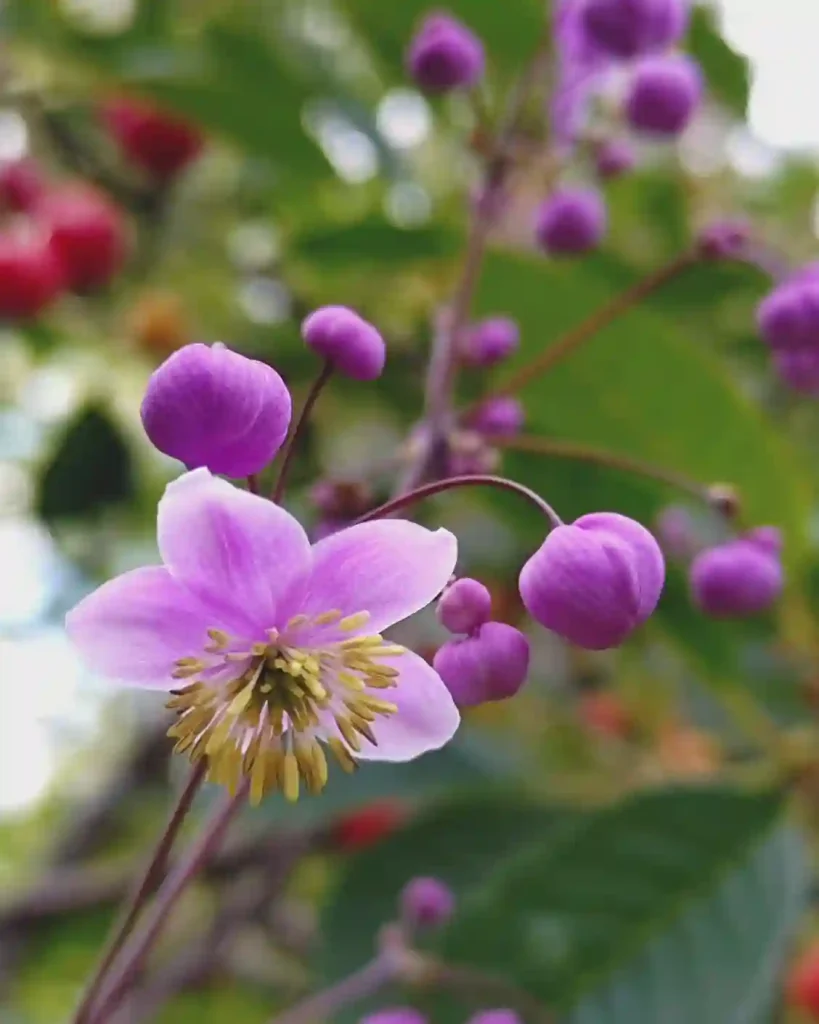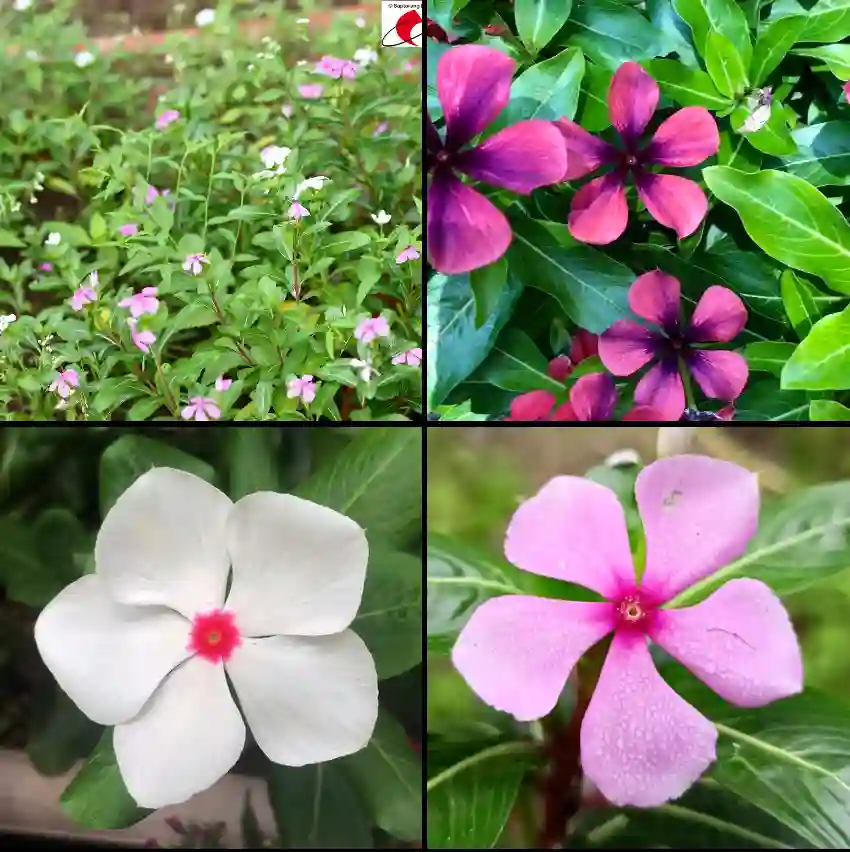FAQs About Cereus Jamacaru
Cereus Jamacaru, also known as the Mandacaru cactus, is a fascinating plant native to Brazil. Known for its striking appearance, it has become a popular choice among cacti enthusiasts. I’ve had my fair share of experiences with this plant, and I’m here to answer some common questions and provide insights into how to care for this unique cactus.
27 Species in Genus Cereus
What is Cereus Jamacaru?
Cereus Jamacaru is a large, columnar cactus that can reach impressive heights, sometimes growing up to 30 feet tall. It has thick, ribbed stems that are covered in spines, and it produces beautiful white flowers that bloom at night. These flowers are not only visually stunning but are also fragrant, attracting nocturnal pollinators like bats. Over time, Cereus Jamacaru can produce small, edible fruits that are enjoyed by both wildlife and humans.
How to Care for Cereus Jamacaru?
Caring for Cereus Jamacaru is relatively straightforward, making it a great option for both novice and experienced gardeners. Here are some key care tips:
- Light Requirements: Cereus Jamacaru thrives in full sun. It needs at least six hours of direct sunlight each day to grow properly. If you’re growing it indoors, place it near a south-facing window where it can get ample light.
- Watering: Like most cacti, Cereus Jamacaru is drought-tolerant and doesn’t require frequent watering. Allow the soil to dry out completely between waterings. Overwatering can lead to root rot, a common issue with cacti.
- Soil Type: Use well-draining soil, such as a cactus or succulent mix. You can also create your own by mixing regular potting soil with sand or perlite to improve drainage.
- Temperature: This cactus prefers warm temperatures and can tolerate heat well. However, it is not frost-hardy, so if you live in a colder climate, it’s best to grow it in a pot that can be brought indoors during winter.
How to Reroot a Cereus Jamacaru?
Rerooting a Cereus Jamacaru is a relatively simple process. If you have a cutting or a part of the cactus that has broken off, you can propagate it. Here’s how:
- Take a Cutting: Use a sharp, sterilized knife to cut a healthy section of the cactus. Allow the cutting to callous over for a few days. This helps prevent rot when you plant it.
- Prepare the Soil: Fill a pot with well-draining cactus soil. You can also add sand or perlite to improve drainage.
- Plant the Cutting: Once the cutting has calloused, place it upright in the soil. Bury it about 1-2 inches deep to provide stability.
- Water Sparingly: Water the cutting lightly after planting. Then, wait until the soil is dry before watering again. Overwatering can cause the cutting to rot.
- Provide Bright Light: Place the pot in a location where it will receive plenty of light. After a few weeks, the cutting should begin to develop roots.
Can Cereus Jamacaru Make You Trip?
No, Cereus Jamacaru does not have psychoactive properties and will not make you trip. Unlike some other cacti, such as the San Pedro cactus (which contains mescaline), Cereus Jamacaru is not known to have any hallucinogenic effects. It’s primarily grown for its ornamental value and not for any mind-altering effects.
Can You Grow Cereus Jamacaru Indoors?
Yes, you can grow Cereus Jamacaru indoors, provided it receives enough light. Place it near a window with plenty of direct sunlight. If natural light is insufficient, you can supplement with grow lights to ensure the cactus thrives. Keep in mind that indoor-grown cacti may not reach the same size as those grown outdoors.
Is Cereus Jamacaru Toxic?
Cereus Jamacaru is not considered toxic to humans or pets. However, it does have sharp spines that can cause injury, so handle it with care. It’s always a good idea to keep cacti out of reach of children and pets to avoid accidental injuries.
Common Problems with Cereus Jamacaru
Like any plant, Cereus Jamacaru can face a few challenges. Here are some common problems and how to address them:
- Overwatering: This is the most common issue with Cereus Jamacaru. Ensure the soil is completely dry before watering again.
- Pest Infestations: Watch out for pests like mealybugs and spider mites. If you notice any pests, treat the plant with insecticidal soap or neem oil.
- Lack of Light: If your cactus is not getting enough light, it may become etiolated, or stretch out, and lose its compact shape. Move it to a brighter location to prevent this.
What to Plant with Cereus Jamacaru?
Cereus Jamacaru pairs well with other drought-tolerant plants. Consider planting it alongside other cacti and succulents, such as Agave, Aloe, or Echinocactus. These plants have similar care requirements and can create an attractive desert-themed garden.
Benefits of Growing Cereus Jamacaru
Growing Cereus Jamacaru comes with several benefits. It’s a low-maintenance plant that adds visual interest to any landscape. Its flowers are not only beautiful but also attract pollinators like bats and bees. Additionally, its fruit is edible and can be a unique addition to your garden.
In conclusion, Cereus Jamacaru is a stunning and easy-to-care-for cactus that can add a touch of desert beauty to any garden or indoor space. Whether you’re a seasoned gardener or just starting, this cactus is a great choice. Remember to give it plenty of light, avoid overwatering, and enjoy the beauty it brings to your space!
If i die, water my plants!



